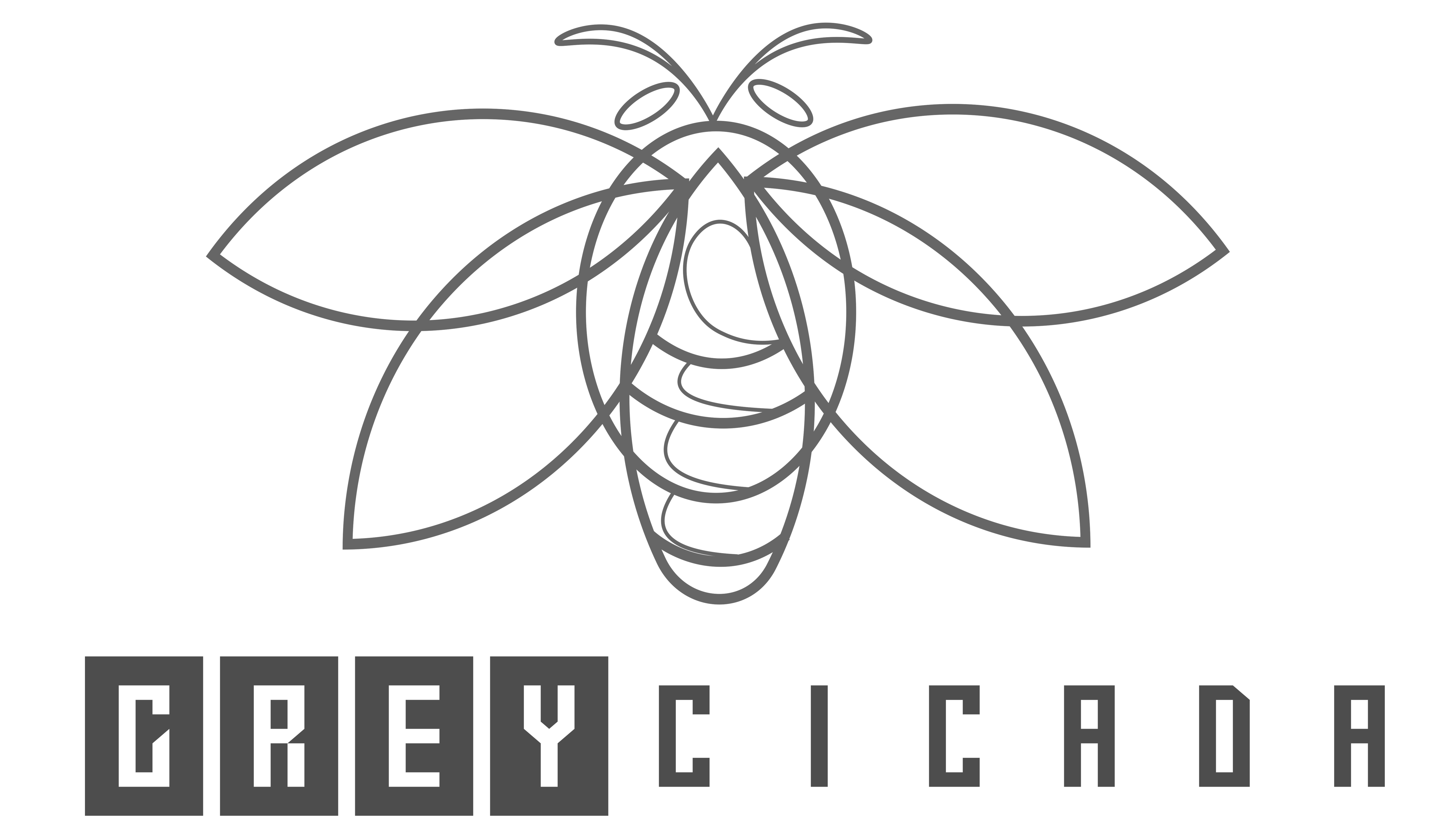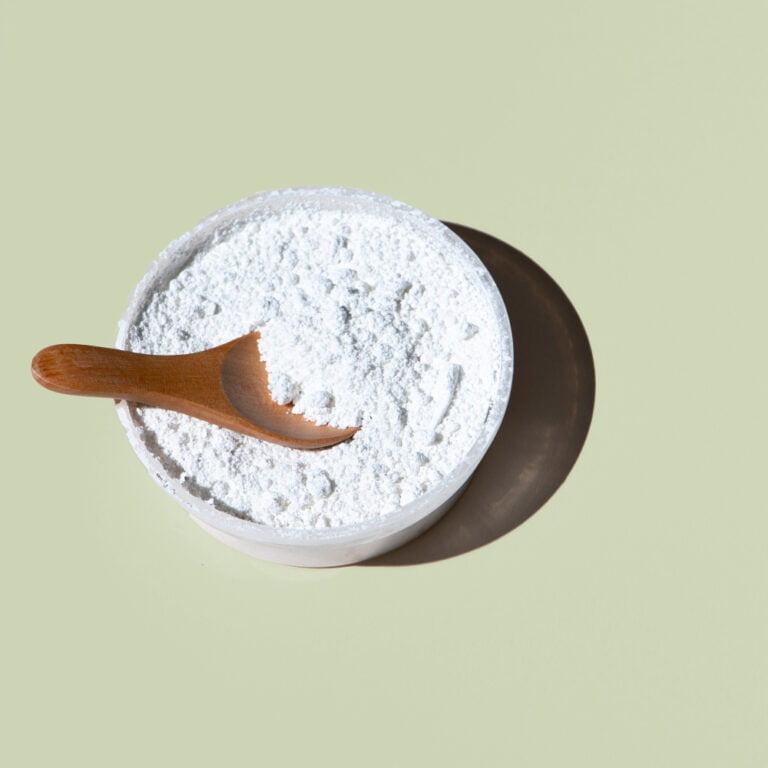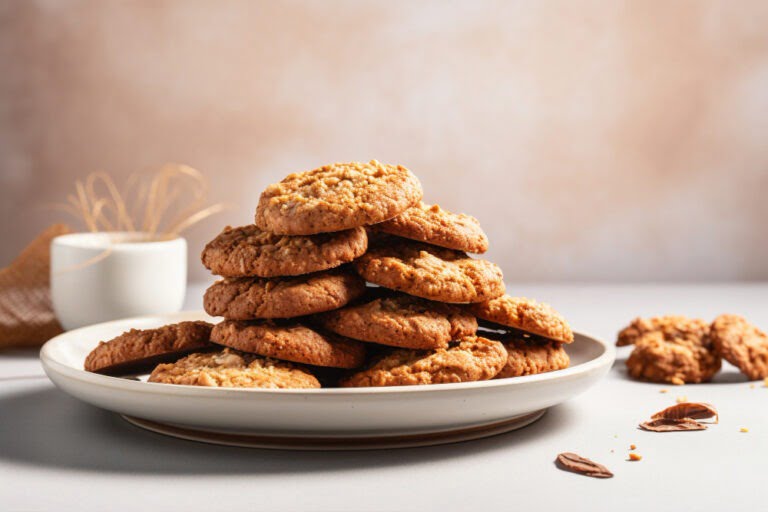FREE SHIPPING OVER $50
10 Protein Bars You Should Steer Clear Of—Don’t Waste Your Money!
Protein bars are everywhere these days. They’re marketed as the ultimate snack for fitness enthusiasts, busy professionals, and anyone looking to boost their protein intake. But here’s the truth: not all protein bars are created equal. Some are loaded with sugar, artificial ingredients, and empty calories—basically, candy bars in disguise. To save you from wasting your money (and your health), we’ve rounded up 10 protein bars you should avoid and explained why they don’t make the cut. Ready to become a smarter shopper? Let’s dive in.
Why Some Protein Bars Are a Waste of Money

Before we get into the list, let’s talk about what makes a protein bar worth buying—and what makes it a dud. A good protein bar should:
- Have at least 10-20 grams of protein per serving.
- Contain minimal added sugar (less than 5 grams is ideal).
- Be made with whole, recognizable ingredients.
- Provide a decent amount of fiber (3-5 grams).
Unfortunately, many bars on the market fail these basic criteria. Here’s what to watch out for:
10 Protein Bars to Avoid (and Why)
1. Snickers Protein Bar
- Why it’s bad: It’s essentially a candy bar with a little extra protein. It’s high in sugar (17 grams) and lacks the fiber and nutrients you’d expect from a healthy snack.
- What to look for instead: Choose bars with less than 5 grams of sugar and at least 10 grams of protein.
2. PowerBar ProteinPlus
- Why it’s bad: While it has a decent amount of protein (20 grams), it’s packed with artificial ingredients and sugar alcohols, which can cause digestive issues.
- What to look for instead: Opt for bars with natural sweeteners like stevia or monk fruit.
3. Think! High Protein Bars
- Why it’s bad: These bars are high in sugar (up to 18 grams) and contain soy protein isolate, which is highly processed.
- What to look for instead: Look for bars with whole food protein sources like nuts, seeds, or whey.
4. Quest Hero Bars
- Why it’s bad: While Quest is known for low-sugar options, their Hero bars are higher in carbs and sugar alcohols, which can lead to bloating and discomfort.
- What to look for instead: Stick to Quest’s original protein bars, which have fewer sugar alcohols.
5. KIND Protein Bars
- Why it’s bad: While KIND bars are made with whole ingredients, their protein bars often fall short on protein (only 6-12 grams) and are high in sugar (up to 15 grams).
- What to look for instead: Choose bars with at least 10 grams of protein and minimal added sugar.
6. Clif Builders Bars
- Why it’s bad: These bars are high in sugar (20 grams) and calories (around 300), making them more like a dessert than a healthy snack.
- What to look for instead: Go for bars with fewer than 200 calories and less than 5 grams of sugar.
7. OhYeah! ONE Bars
- Why it’s bad: While they have 20 grams of protein, they’re also high in sugar alcohols and artificial flavors, which can cause digestive upset.
- What to look for instead: Look for bars with natural flavors and minimal sugar alcohols.
8. Pure Protein Bars
- Why it’s bad: These bars are loaded with artificial sweeteners and flavors, and some varieties have up to 15 grams of sugar.
- What to look for instead: Choose bars with natural ingredients and no artificial sweeteners.
9. Met-Rx Big 100 Bars
- Why it’s bad: These bars are massive in size and calories (over 400), with a whopping 30 grams of sugar. They’re more like a meal replacement than a snack.
- What to look for instead: Opt for smaller bars with around 200 calories and less than 5 grams of sugar.
10. Atkins Protein Bars
- Why it’s bad: While marketed as low-carb, these bars are high in sugar alcohols and artificial ingredients, which can cause bloating and discomfort.
- What to look for instead: Look for bars with natural ingredients and no sugar alcohols.
How to Choose a Better Protein Bar
Now that you know which bars to avoid, here’s how to pick a protein bar that’s actually worth your money:
- Check the Protein Content: Aim for at least 10-20 grams of protein per bar.
- Watch the Sugar: Look for bars with less than 5 grams of added sugar.
- Read the Ingredients: Choose bars with whole, recognizable ingredients and avoid artificial sweeteners and flavors.
- Consider the Calories: A good snack bar should have around 200-250 calories.
- Look for Fiber: Aim for bars with 3-5 grams of fiber to keep you full and support digestion.
The Best Protein Bars to Try Instead
If you’re looking for healthier alternatives, here are a few dietitian-approved options:
- RXBARs: Made with simple ingredients like dates, nuts, and egg whites.
- LÄRABAR Protein: Contains 11 grams of protein and is made with minimal ingredients.
- GoMacro Bars: Vegan, organic, and packed with plant-based protein.
- Built Bars: Low in sugar and calories but high in protein and flavor.
- No Cow Bars: Plant-based, high in protein, and low in sugar.
The Bottom Line: Don’t Fall for Marketing Hype
Protein bars can be a convenient snack, but not all of them are healthy or worth your money. By avoiding the 10 protein bars listed above and choosing better alternatives, you can fuel your body without compromising your health. Remember, the best protein bar is one that fits your nutritional needs and tastes good—without the junk.
Related Articles
- The 10 Fruits with the Most Protein (Yes, Fruits Can Be Protein-Packed!)
- The Common Breakfast Mistake That’s Stopping You From Losing Weight
- I Lost Over 20 Pounds With This Simple High-Protein Recipe—Here’s How You Can Too
- The #1 High Protein Ingredient You Should Be Adding to Your Breakfasts, According to a Dietitian
- These 20 High-Protein Foods Are Basically Muscle in Edible Form



